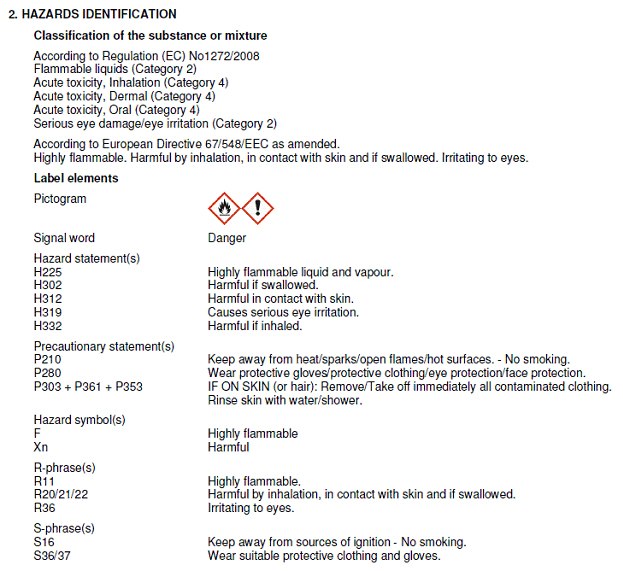Globally Harmonized System
The Globally Harmonized System was initiated at the UN Conference on the Environment and Development in Rio de Janeiro in 1992. It aims, amongst other goals, to harmonize the classification and the hazard communication elements of chemicals (labeling and safety data sheets). The first version became available in 2003 in the form of the so called purple book (compared to the orange book for transportation). Regular updates should take place every 2 years. GHS harmonizes most classification criteria for supply and transportation and is based on the intrinsic properties of substances. GHS allows individual countries or regions to implement building blocks at their own discretion. The building blocks, however, may not be altered. Additionally there is room for Competent Authority Options and special limits for the communication of components in mixtures.
Reasons for the Development of GHS
- Growing international trade
- Different requirements for labeling of chemicals
- Different classifications of identical products in different countries
- Requirement for an international safety standard
GHS Elements
Compared to the current EU system the most noticeable change are the pictograms (formerly: hazard symbols). While the most of the GHS pictograms have an equivalent in the old system, the pictograms GHS 04, GHS 07 and GHS 08 are completely new.
The GHS System is built on 16 physical, 10 health and 3 environmental hazard classes and comprises the following communication elements:
2 Signal words "Danger" or "Warning"
72 individual and 17 combined Hazard statements - these are assigned a unique alphanumerical code which consists of one letter and three numbers as follows:
- the letter "H" (for "hazard statement");
- a number designating the type of hazard as follows:
- "2" for physical hazards
- "3" for health hazards
- "4" for environmental hazards
- two numbers corresponding to the sequential numbering of hazards arising from the intrinsic properties of the substance or mixture, such as explosive properties (codes from 200 to 210), flammability (codes from 220 to 230), etc.
116 individual and 33 combined Precautionary statements – these are assigned a unique alphanumerical code which consists of one letter and three numbers as follows:
- the letter "P" (for "precautionary statement");
- one number designating the type of precautionary statement as follows: - "1" for general precautionary statements
- "2" for prevention precautionary statements
- "3" for response precautionary statements
- "4" for storage precautionary statements
- "5" for disposal precautionary statements
- two numbers (corresponding to the sequential numbering of precautionary statements)
The Safety Data Sheet
The Safety Data Sheet plays a prominent role in hazard communication according to the GHS. The document follows a 16 chapter format with the hazard information, including the labeling information, to be shown in section 2 (Hazard Identification). In the EU the requirement is to include both the old EU and the GHS classifications during a transition period that expires June 1, 2015. The US SDS will show the GHS classification in section 2. APAC SDS’ will follow the local GHS rules, which require minor changes in various sections. Below you will find the updated section 2 of the EU GHS SDS for Acetonitrile.

如要继续阅读,请登录或创建帐户。
暂无帐户?